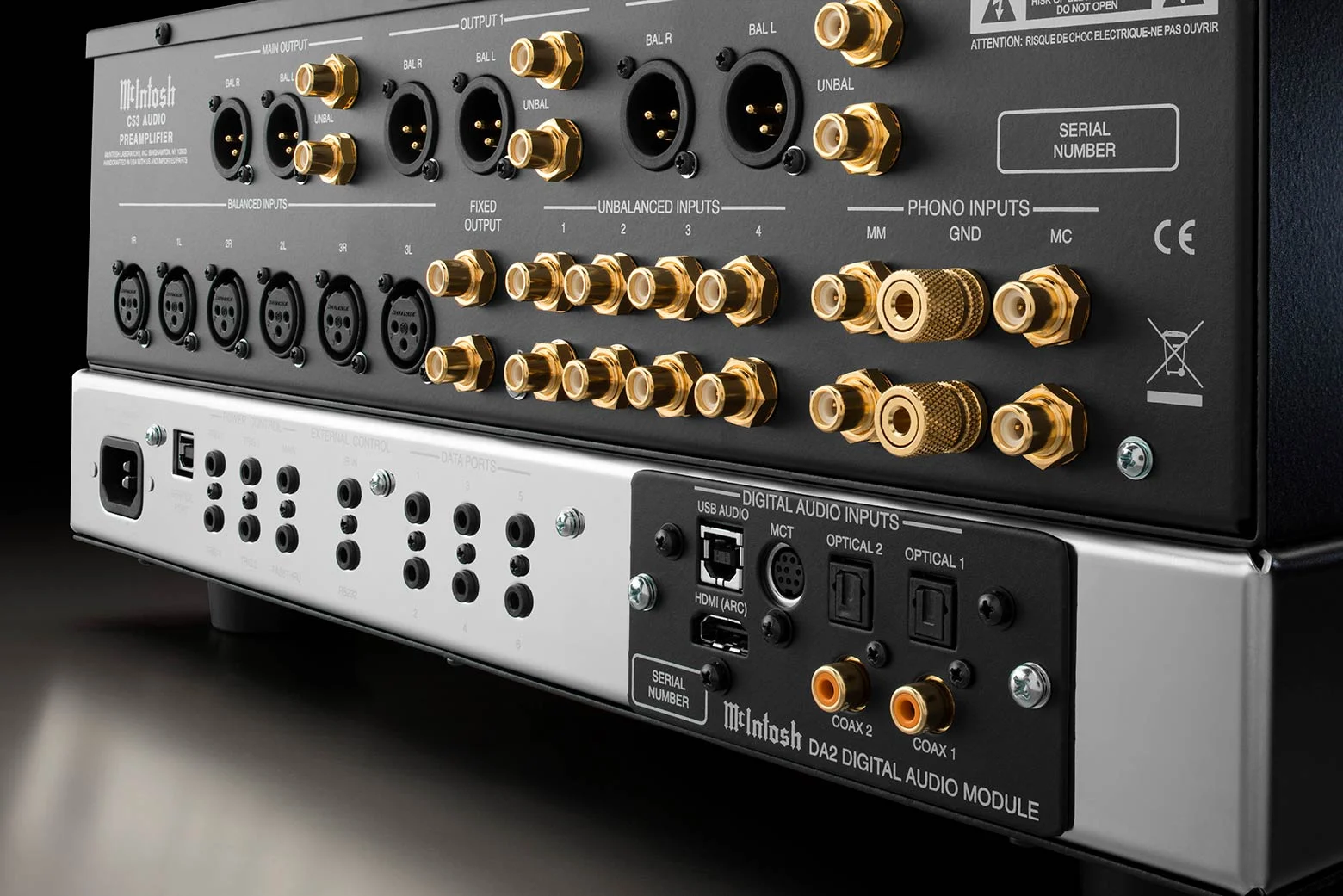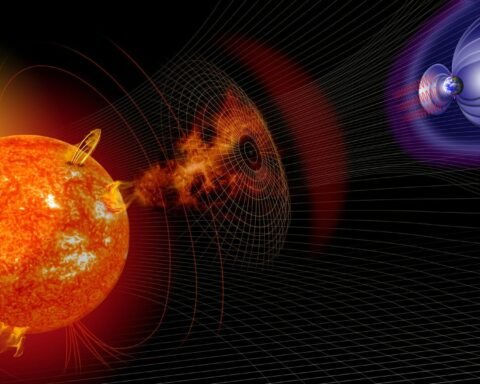Understanding Preamplifiers: Boosting Your Audio Experience
Preamplifiers are the unsung heroes of the audio world. They play a crucial role in enhancing audio signals, ensuring that you enjoy clear, distortion-free sound. In this article, we’ll explore the world of preamplifiers, their types, functions, and applications. So, let’s dive in.
Introduction to Preamplifiers
Preamplifiers, often referred to as preamps, are electronic devices designed to amplify weak signals from sources like microphones or musical instruments. They are the first stage in the audio amplification chain, and their primary function is to increase the signal strength without introducing significant noise or distortion.
Types of Preamplifiers
Tube Preamplifiers
Tube preamplifiers, known for their warm and vintage sound, use vacuum tubes to amplify audio signals. Audiophiles often prefer tube preamps for their characteristic sound quality, making them a popular choice in high-end audio setups.
Solid-State Preamplifiers
Solid-state preamplifiers use semiconductor components and are known for their reliability and accuracy. They provide a clean and precise amplification, making them suitable for various applications, including recording studios and live performances.
Preamplifier vs. Amplifier
Preamplifiers and amplifiers are often confused, but they serve different purposes. Preamplifiers focus on signal amplification, while amplifiers (or power amplifiers) further boost the already amplified signal to drive speakers. Preamplifiers refine the signal quality, ensuring that the final output is of high fidelity.

How Preamplifiers Work
Preamplifiers work by taking in low-level audio signals and increasing their amplitude while minimizing any additional noise. They achieve this by using transistors or vacuum tubes to amplify the signal. The result is a stronger, cleaner signal ready for further amplification.
Applications of Preamplifiers
Preamplifiers find applications in various fields:
Audio Systems
In home audio systems, preamps can be used to enhance the performance of turntables, CD players, and other audio sources. They ensure that the signal delivered to the power amplifier is of the highest quality.
Microphones
In recording studios, microphone preamplifiers are essential for capturing the nuances of a sound source. They play a critical role in delivering professional-grade recordings.
Scientific Instruments
Scientific instruments, such as oscilloscopes and spectrographs, use preamplifiers to process weak signals from sensors and transducers, ensuring accurate measurements.
Preamplifier Specifications
When choosing a preamplifier, you need to consider several specifications:
Gain
Gain refers to the amount by which the preamplifier can increase the signal’s amplitude. It’s an essential parameter that determines how much the signal is amplified.
Noise
The noise level of a preamplifier can affect the overall sound quality. Lower noise levels result in cleaner audio signals.
Frequency Response
Frequency response indicates the range of frequencies a preamplifier can accurately handle. It’s crucial for maintaining the fidelity of different sound frequencies.
Choosing the Right Preamplifier
Selecting the right preamplifier depends on your specific needs. Consider the source, the desired sound quality, and your budget. Whether you’re an audiophile, a recording engineer, or a scientist, there’s a preamp tailored for your requirements.
DIY Preamplifiers
For the tech-savvy individuals, building a DIY preamplifier can be a rewarding project. There are numerous resources available for creating custom preamps that suit your preferences.
Preamplifier Maintenance
To ensure your preamplifier functions optimally, regular maintenance is essential. This includes cleaning, checking for loose connections, and verifying the condition of components.
Future Trends in Preamplifiers
As technology evolves, preamplifiers are becoming more compact, efficient, and feature-rich. Wireless connectivity, digital interfaces, and advanced controls are shaping the future of preamplification.
Conclusion
In the world of audio, preamplifiers are the unsung heroes that quietly work behind the scenes, ensuring that you experience the best sound quality. Understanding their types, functions, and applications can help you make informed decisions when incorporating preamplifiers into your audio setup.
FAQs
1. What’s the primary function of a preamplifier? A preamplifier’s primary function is to amplify weak audio signals from sources like microphones or instruments, ensuring they are of sufficient strength for further processing.
2. What are the differences between tube and solid-state preamplifiers? Tube preamplifiers use vacuum tubes and are known for their warm sound, while solid-state preamplifiers use semiconductor components for accuracy and reliability.
3. Why are preamplifiers essential in recording studios? Preamplifiers are crucial in recording studios as they capture the nuances of sound sources and deliver professional-grade recordings with high fidelity.
4. How do I choose the right preamplifier for my audio setup? Choosing the right preamplifier depends on factors like the source, desired sound quality, and budget. Consider your specific needs when making a selection.
5. What can we expect in the future of preamplifiers? Future preamplifiers are likely to be more compact, efficient, and feature-rich, with wireless connectivity, digital interfaces, and advanced controls shaping the industry’s direction.







